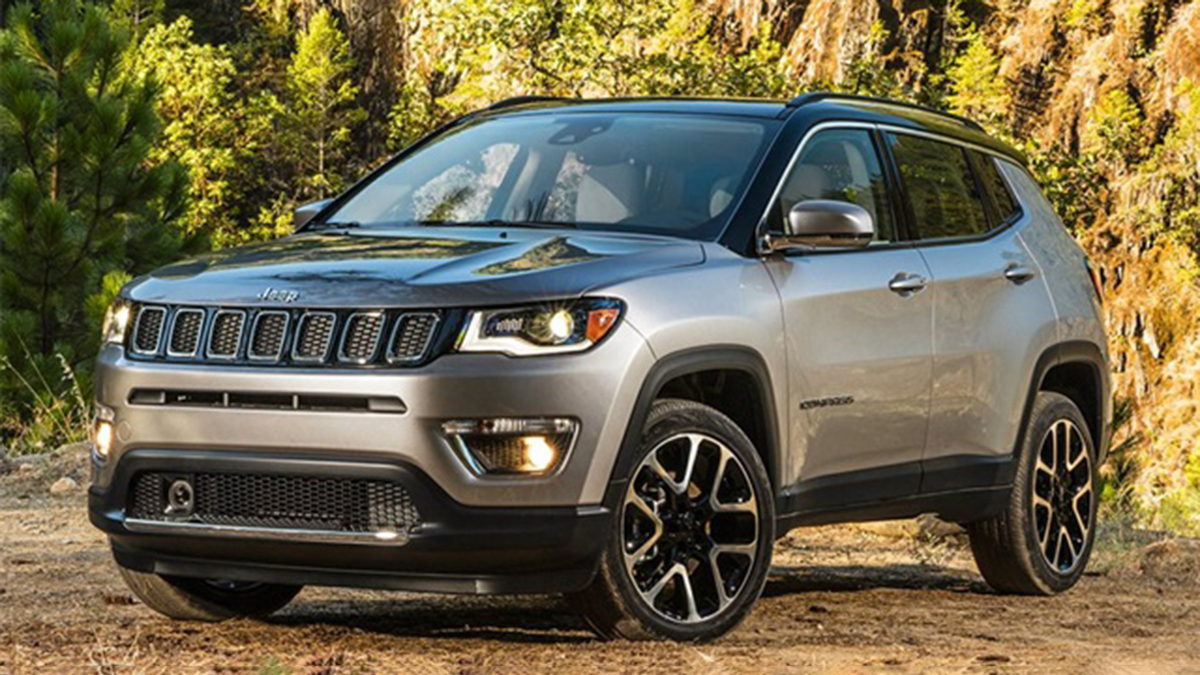
Can You Buy a Car With a Credit Card in 2026?
Learn the pros and cons of using a credit card to buy a car and see why a traditional auto loan is often the smarter financial choice.

Learn the pros and cons of using a credit card to buy a car and see why a traditional auto loan is often the smarter financial choice.

Save money by using premium gas only when your car requires it—learn what premium fuel is, when to use it, whether you can mix octanes, and how the wrong gas affects performance, fuel economy, and engine knocking.

Get top dollar for your trade-in with simple steps: Clean the car, fix small issues and dents, address curb rash and tires, and bring service records to strengthen your appraisal.

Discover how hybrid trucks strike the middle ground between electric and gas-powered models. Get the pluses and minuses of efficiency, range, and affordability.

Find out the pros and cons of buying a car with cash, how to research a price, negotiate and see what to avoid before you buy a car in cash.

At the end of your vehicle lease, crunch some numbers and decide whether a buyback makes good financial sense.

Compare all Porsche Boxster generations, key specs, common issues, and buying tips to find the best used Boxster for your budget and driving style.

Discover the best used Jeep Compass years, key model updates, generations, and what to know about features, reliability, and the upcoming 2026 redesign.

A used Nissan Leaf offers a way to get into a reliable yet inexpensive EV with decent range.

Thinking about buying a hybrid vehicle? Learn if now is the right time with this guide to hybrid tech, fuel efficiency, costs, pros and cons, and how they compare to gas cars and EVs.